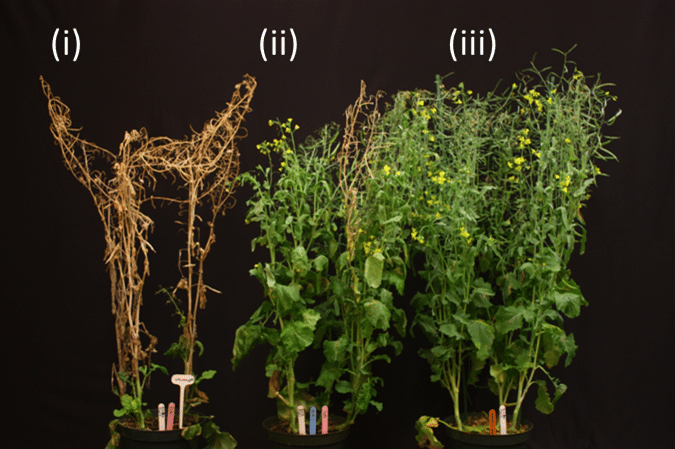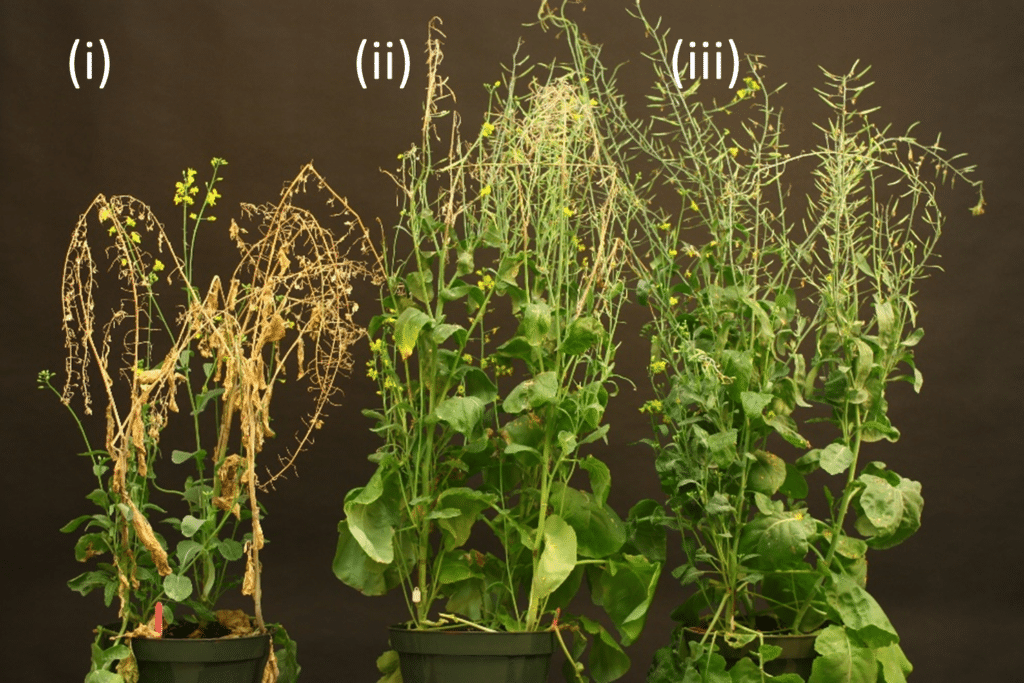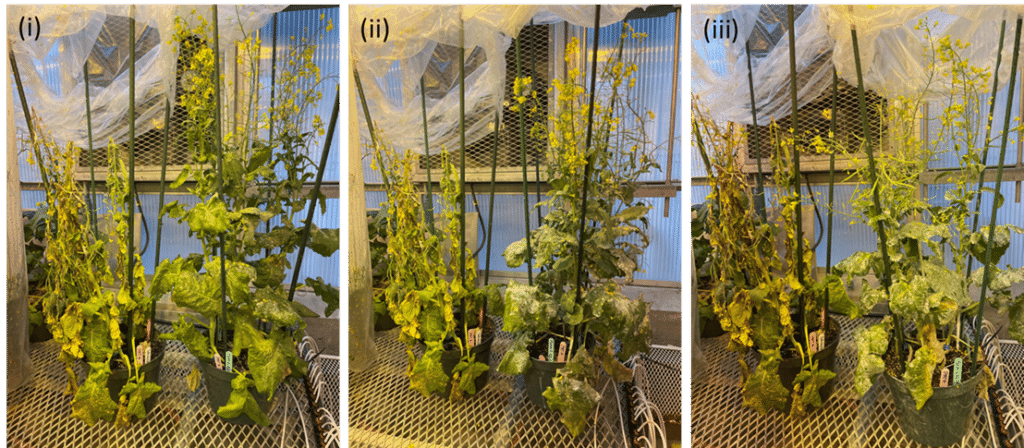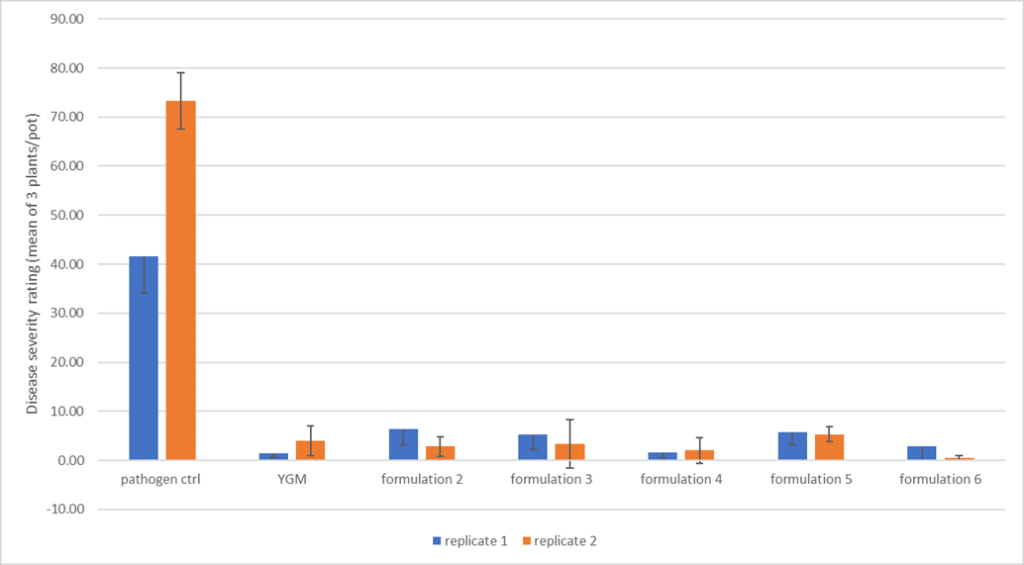Key Result
This research developed an effective biopesticide formulation to control sclerotinia disease development and growth in canola that could become commercially available.
Project Summary

Purpose
The main objective is to screen and evaluate the biopesticide potential of selected bacterial strains that are indigenous to the Canadian Prairies and determine their ability to control disease development and growth of Sclerotinia sclerotiorum in canola.
Objectives
- Screen and evaluate biopesticide potential and efficacy for control of disease development and growth of Sclerotinia sclerotiorum.
- Conduct molecular characterization for bacterial strain identification and detection and evaluate bacterial genes turned on by the biopesticide that lead to improved performance and survival.
- Understand plant defense mechanisms involved in the biocontrol ability of the biopesticides.
- Evaluate efficacy of bacterial biopesticides.
- Field test the performance of the biopesticide as a viable control product.
Key findings

- Zone of inhibition tests involving bacteria and sclerotinia on petri plates demonstrate multiple bacteria species and isolate providing statistically significant areas of inhibition and control (9 of 15 isolates selected). The top performing isolates also prevented statistically significant germination of sclerotinia ascospores and development of sclerotia. Selection of the PENSV20 strain (Bacillus atrophaeus) was made due to highest quality genetic information being assembled.
- When PENSV20 was sprayed onto plants and compared to a sclerotinia-only control and a water control, the bacteria provided similar protection as if it was not infected with sclerotinia. This protective effect was confirmed by measuring relative DNA abundance on treated plant material, with PENSV20 treatments showing protection in both scenarios when treated before and after application of sclerotinia by +/-1 day.
- Metabolite analysis shows that the best performing strains contained metabolites that have been characterized to have an antagonistic function against sclerotinia and other pathogens.
- RNA results from leaf tissues that were treated with sclerotinia and PENSV20 showed upregulation in key pathogen defense pathways (systemic acquired resistance and induced systemic resistance). Nine upregulated genes were also found to be upregulated and have been characterized to aid in plant defense and antimicrobial effects.
- 10 formulations have been produced while working with Montana BioAgriculture, consisting of different combinations of carriers, spore concentrations/types, drying temperatures, pH, fermentation time. Carrier type can cause complications with the application device (plugging issues), so filtration was required. The majority of the formulations showed significant protection against sclerotinia 7 days post-treatment, while the other formulations will be assessed beyond this reporting period.
Outcomes
The primary outcome of this project was to develop an effective biopesticide formulation that could become commercially available. The progress made through this project has achieved this outcome almost in its entirety, especially given the challenging conditions experienced with COVID-19 and personnel.
The impact to the canola industry is that a commercial biopesticide with suspected efficacy above the 80% PMRA threshold is possible, providing growers another option for sclerotinia management and preserving yields which could be reduced by 50% if sclerotinia is left unchecked.
The next steps are to continue facilitating industry adoption of this product, and ensure IP is protected during the process.







